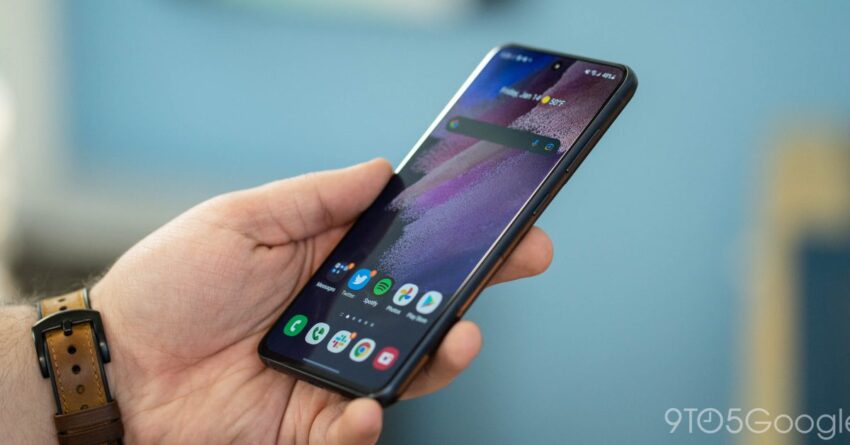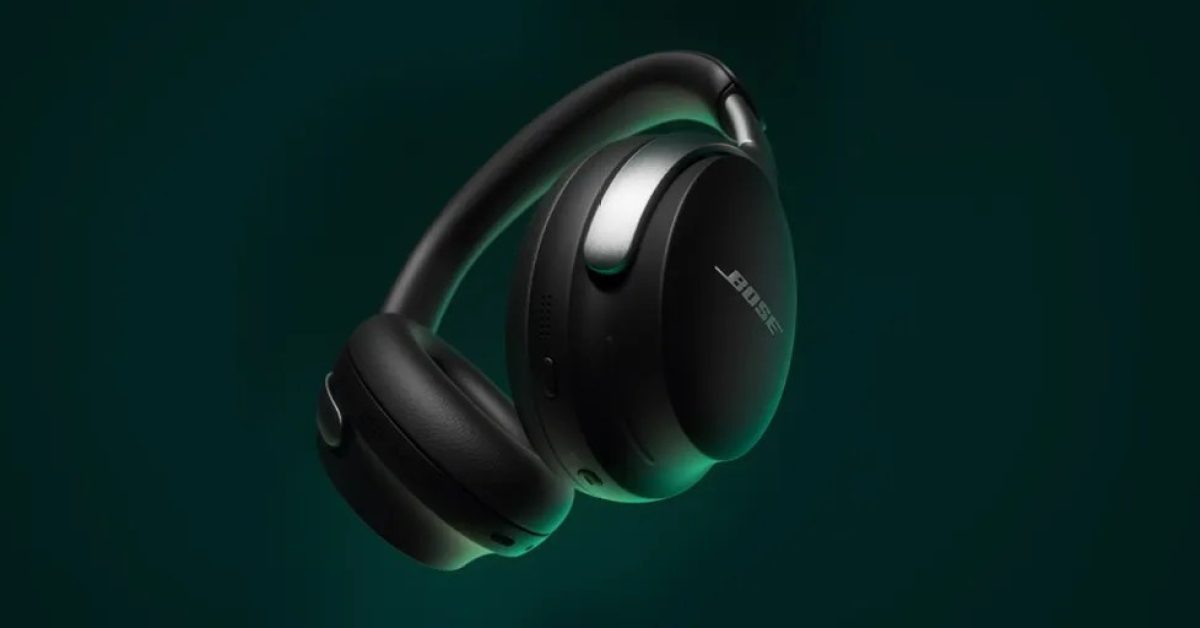
samsung s galaxy s21 fe gets its Samsung’s Galaxy S21 FE has officially received its final major operating system upgrade, transitioning to Android 16.
samsung s galaxy s21 fe gets its
Overview of the Galaxy S21 FE
Launched in January 2022, the Samsung Galaxy S21 FE (Fan Edition) was designed to offer a more accessible alternative to the flagship Galaxy S21 series. The device aimed to balance premium features with a more budget-friendly price point, making it an attractive option for consumers who desired high-end specifications without the associated costs. The Galaxy S21 FE was equipped with a 6.4-inch AMOLED display, a Snapdragon 888 processor, and versatile camera capabilities, which contributed to its popularity among users.
Software Support Timeline
Samsung has made significant strides in its software support policies over the past few years. The introduction of a seven-year software support standard was a landmark decision, aligning the company with industry leaders like Google. This policy ensures that devices receive not only major operating system updates but also security patches for an extended period. However, the Galaxy S21 FE, like many devices released prior to this policy, was initially slated for a shorter support timeline.
Transition to Android 16
The rollout of Android 16 marks a significant milestone for the Galaxy S21 FE. This update is the device’s last major operating system upgrade, after which it will transition to receiving only security patches. Users can expect to see improvements in performance, security, and new features that come with the latest Android version. However, the end of major updates also raises questions about the longevity and relevance of the device in a rapidly evolving tech landscape.
Implications of the Final Upgrade
With the final upgrade to Android 16, the Galaxy S21 FE will no longer receive new features or enhancements that come with future Android releases. This shift has several implications for users:
- Security Concerns: As the device will only receive security patches, users may become increasingly vulnerable to security threats over time. Regular updates are crucial for maintaining the integrity of a device, especially as new vulnerabilities are discovered.
- Feature Limitations: Users will miss out on new features and functionalities that future Android versions may offer. This can affect the overall user experience and may lead some to consider upgrading to newer devices.
- Market Position: As the smartphone market continues to evolve, devices that do not receive regular updates may struggle to maintain their competitiveness. Users may seek out alternatives that promise longer support timelines and more frequent updates.
Stakeholder Reactions
The announcement of the Galaxy S21 FE’s final major OS upgrade has elicited a range of reactions from stakeholders, including consumers, industry analysts, and competitors.
Consumer Feedback
Many consumers have expressed mixed feelings about the end of major updates for the Galaxy S21 FE. While some users appreciate the longevity of the device and the updates it has received, others are disappointed that they will no longer have access to the latest features. Feedback on forums and social media platforms indicates that many users are weighing their options for future upgrades, with some considering switching to devices from competitors that offer longer support timelines.
Industry Analysts’ Perspectives
Industry analysts have noted that Samsung’s decision to end major updates for the Galaxy S21 FE reflects a broader trend in the smartphone market. As manufacturers strive to balance cost, performance, and support, the longevity of devices is becoming a critical factor for consumers. Analysts emphasize the importance of clear communication from manufacturers regarding software support timelines, as this can significantly influence purchasing decisions.
Competitor Responses
Competitors in the smartphone market are closely monitoring Samsung’s approach to software support. Companies like Google and Apple have set high standards for software longevity, and their models are often cited as benchmarks. As Samsung continues to evolve its policies, competitors may feel pressure to enhance their own support offerings to remain competitive.
Future of the Galaxy S21 FE
As the Galaxy S21 FE transitions to receiving only security patches, its future in the smartphone market remains uncertain. The device will still function well for many users, particularly those who primarily use it for basic tasks such as calling, texting, and browsing. However, for power users who rely on the latest applications and features, the lack of major updates may prompt a search for newer devices.
Potential Upgrades
For users considering an upgrade, several options are available within Samsung’s lineup. The Galaxy S22 and S23 series offer enhanced features, improved performance, and longer software support timelines. Additionally, Samsung’s commitment to the seven-year software support standard means that newer devices will provide peace of mind for consumers who prioritize longevity in their technology investments.
Market Trends
The smartphone market is witnessing a shift toward devices that offer longer software support and more frequent updates. As consumers become increasingly aware of the importance of software longevity, manufacturers are responding by enhancing their support policies. This trend is likely to continue, with companies striving to meet consumer expectations for device longevity and security.
Conclusion
The Galaxy S21 FE’s final major OS upgrade to Android 16 marks a significant moment for both the device and its users. While the transition to security patches only may raise concerns about the device’s future viability, it also highlights the importance of software support in the smartphone market. As consumers navigate their options, the emphasis on longevity and regular updates will likely shape their purchasing decisions moving forward.
Source: Original report
Was this helpful?
Last Modified: October 24, 2025 at 2:37 pm
1 views















